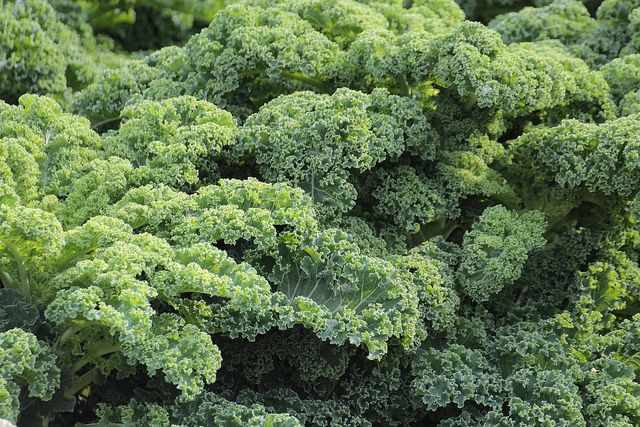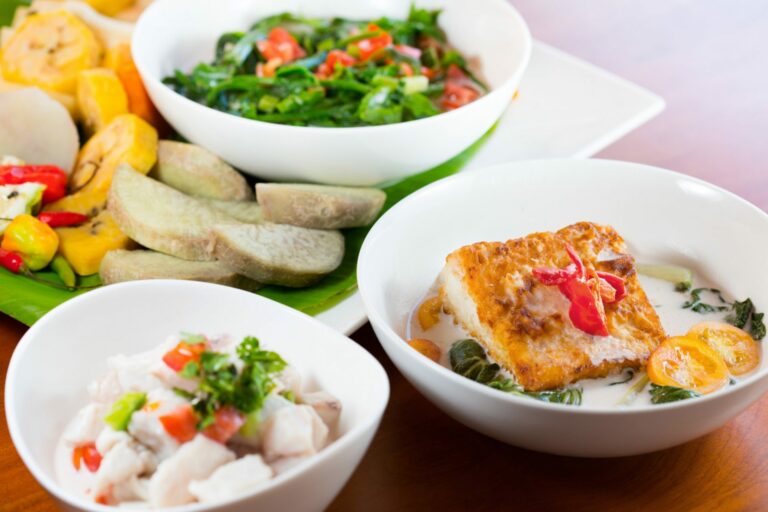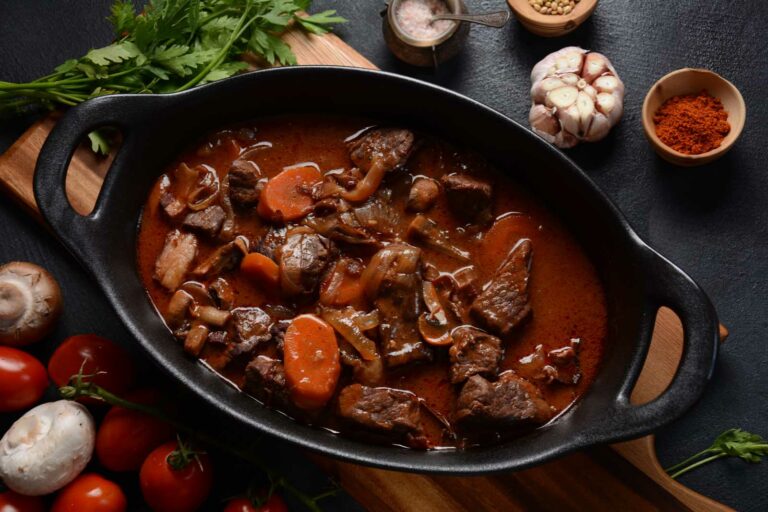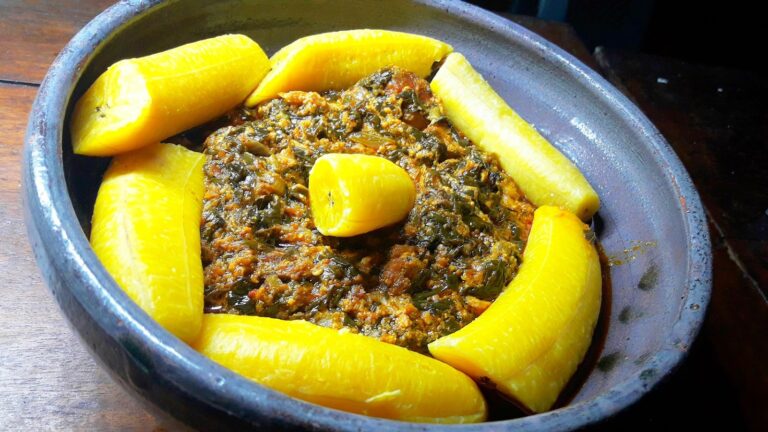There are good reasons to eat local vegetables even in winter. But which vegetables are in season in winter and taste good at the same time? We introduce you to five tasty varieties of winter vegetables.
Even in winter there are healthy vegetables that come from regional cultivation. Local winter vegetables have three advantages: You strengthen regional agriculture, protect the environment thanks to short transport routes and do something for your health. We show you five types of winter vegetables and suitable recipe ideas.
Would you like to get an overview of when which fruit and vegetables are in season? Then take a look at the Utopia season calendar.
More than winter vegetables: Mushrooms grow all year round
Mushrooms are harvested continuously in Germany. You can therefore count on the robust mushroom variety even in winter – no matter how early it comes or goes. Mushrooms contain a lot of potassium, are low in fat and calories and have a relatively high protein content.
Cabbage: The ultimate winter vegetable

Kale thrives late in the year and can be bought locally from November. You have four months to test recipes with kale, because the winter vegetable disappears from the stores at the end of February.
If you are running out of ideas on what to prepare with kale, we have a few recipe suggestions for you:
Green cabbage is particularly popular in East Friesland. Instead of the traditional Mettwurst, we recommend smoked tofu, fried eggs and potatoes as side dishes.
Kale is also wonderful in vegetable lasagne, quiche, casserole or vegan moussaka.
Kale can also be used as a pasta sauce. Mixed with some feta or blue cheese, kale on noodles makes a tasty noodle dish.
Also delicious: kale soup with vegetables, kale salad and kale chips
In addition to kale, other types of cabbage such as Brussels sprouts and savoy cabbage are also harvested in winter. From October to March you can find Brussels sprouts from regional cultivation in the sales counters. For example, you can find a Brussels sprouts recipe here: Winter recipes: Seasonal dishes that keep you warm. Savoy cabbage is available almost all year round, namely from June to the end of February. You can easily prepare vegetarian cabbage rolls from savoy cabbage and cabbage. In order to preserve as many of the cabbage’s nutrients as possible, we recommend that you prepare it in a steamer.
Storage vegetables in winter: potatoes
Although the potato harvest ends in October, you can still find German potatoes in stores during the winter months. If stored properly, they will last for months. If you buy potatoes from regional (organic) cultivation in winter, it is therefore all the more important to store them in the dark at low but not icy temperatures. The best place to store potatoes is a dry basement.
Black salsify: The winter alternative to asparagus
The black salsify harvest begins in October. Until the end of February you will find the vegetables, also known as winter asparagus, mainly at weekly markets. Regional salsify is rarely found in supermarkets. Even if it is tedious to prepare fresh black salsify because of the peeling, it is worth the effort. Because the winter vegetables are rich in nutrients and provide a tasty variety in winter.
The fruity winter vegetable: beetroot

Beetroot is harvested in Germany between September and March. It is rich in vitamin B, potassium, iron and folic acid. Many of the nutrients are preserved when you eat them raw, for example in salads or as juice. Many cooks avoid the delicious vegetables, mainly because of their intense color – there are very creative recipe ideas with beetroot.









